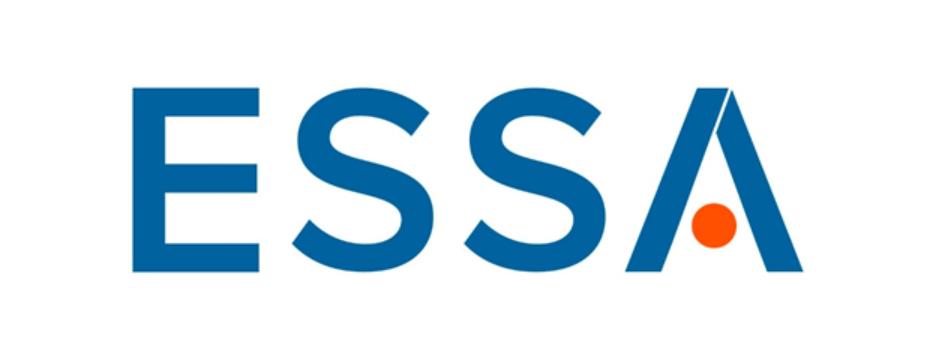Derivative liabilities
The Company has certain warrants treated as derivatives for financial reporting purposes. Consequently, the Company’s financial results are impacted by fluctuations in the market price of the Company’s common stock. These warrants are measured at fair value, with changes recognized in the statement of loss and comprehensive loss at each reporting date. During the six months ended March 31, 2021, the Company recorded the resulting change in fair value, largely resulting from the increase in stock price during the period, of $1,039,086 (2020 –$23,957) in the statement of loss and comprehensive loss.
Three months ended March 31, 2021 and 2020
The Company incurred a comprehensive loss of $12,965,247 for the three months ended March 31, 2021 compared to a comprehensive loss of $9,353,927 for the three months ended March 31, 2020. The detailed changes in R&D and G&A expenses for the three months ended March 31, 2021 and 2020 are included in the tables above.
For the three months ended March 31, 2021, the Company’s R&D investment continued with the ongoing clinical trial of EPI-7386. In the comparative period, the Company incurred R&D costs in relation to the Company’s clinical candidate EPI-7386 which was filed with the FDA on March 30, 2020. This has resulted in increased clinical costs of $1,740,573 (2020 - $509,037), manufacturing costs of $2,654,734 (2020 - $1,085,381), and ongoing preclinical costs and data analysis costs of $961,487 (2020 - $1,102,260). The Company continues to advance the clinical trial and has entered into collaboration agreements in the current quarter.
G&A expenses were $4,615,332 (2020 - $4,868,608) for the three months ended March 31, 2021. Professional fees of $342,213 (2020 - $220,654) have increased and reflect compliance work as a US domestic issuer and significant contract work for the period. Salaries and benefits of $1,648,196 (2020 - $1,437,587) for the three months ended March 31, 2021 include annual bonuses paid to senior management and employees during the period. Directors’ fees of $92,805 (2020 - $110,000) are paid to directors relative to meeting attendance and committee participation. Insurance expense of $228,224 (2020 - $142,193) has increased relative to the Company’s overall activity level and a market-wide increase to insurance costs.
Share-based payments for research and development team members were $791,969 (2020 - $1,029,488) and $1,871,717 (2020 – $2,555,129) for key management and personnel allocated to general and administrative costs. Share-based payments expense is non-cash and is estimated under the Black-Scholes method and expensed relative to vesting conditions for the underlying stock options.
Liquidity and Capital Resources
ESSA is a clinical stage company and does not currently generate revenue.
As of March 31, 2021, the Company has working capital of $206,202,601 (September 30, 2020 - $79,093,604). Operational activities during the six months ended March 31, 2021 were financed mainly by proceeds from the acquisition of Realm, financings completed in August 2019, July 2020 and February 2021. At March 31, 2021, the Company had available cash reserves and short-term investments of $208,597,224 (September 30, 2020 - $78,332,100) to settle current liabilities of $3,179,691 (September 30, 2020 - $1,203,324). At March 31, 2021, the Company believed that it had sufficient capital to satisfy its obligations as they became due and execute its planned expenditures for more than twelve months.
ESSA’s future cash requirements may vary materially from those now expected due to a number of factors, including the costs associated with future preclinical work and to take advantage of strategic opportunities, such as partnering collaborations or mergers and acquisitions activities. In the future, it may be necessary to raise additional funds. These funds may come from sources such as entering into strategic collaboration arrangements, the issuance of shares from treasury, or alternative sources of financing. However, there can be no assurance that ESSA will successfully raise funds to continue its operational activities. See “Risk Factors” in our Annual Report on Form 10-K.
